Italy has long been known for its impeccable sense of style, and the southern town of Foggia is no exception. Nestled in the Puglia region, this charming city offers more than just picturesque streets and historic architecture – it is also home to an emerging fashion scene that draws visitors from all over the world. On my recent trip to Foggia, I had the pleasure of exploring its vibrant fashion shopping district, an area brimming with local boutiques, designer shops, and creative studios that showcase the latest Italian trends.
Foggia’s fashion district, while not as globally renowned as Milan or Florence, provides a refreshing and more intimate experience of Italian style. The blend of classic craftsmanship and cutting-edge designs creates a unique atmosphere that perfectly captures the essence of modern Italy. During my visit, I discovered not only clothing but also accessories, homeware, and artisanal pieces that reflect the region’s rich cultural heritage.
1. The Heart of Foggia’s Fashion Scene
The fashion district of Foggia is situated in the heart of the city, close to its historic center. The streets are lined with a mix of high-end boutiques and smaller, family-owned shops that have been part of the local landscape for generations. Each store is a reflection of the personality of its owner, and the entire area is steeped in the traditions of Italian craftsmanship.
Walking through the district, I was immediately struck by the beautiful window displays. Whether it was a hand-sewn leather bag or a delicate silk scarf, each item was meticulously crafted, exuding quality and elegance. As I strolled from one boutique to another, I noticed that the shops were often set in beautiful, traditional buildings, offering a perfect blend of old-world charm and contemporary fashion.
2. The Shops: A Mix of Old and New
One of the most fascinating aspects of Foggia’s fashion district is the diversity of the stores. Some specialize in classic Italian tailoring, while others focus on the latest trends, offering sleek and modern designs. In one boutique, I encountered a collection of tailored suits with a modern twist – slim cuts, bold colors, and high-quality fabrics that are both stylish and comfortable. The attention to detail in these garments was extraordinary, and I found myself lost in the textures and craftsmanship of each piece.
Not far from here was a store that focused on footwear – another Italian obsession. The leather shoes on display were a perfect example of Italian artisanship, with every pair made by hand. The colors ranged from deep mahogany to the most vibrant shades, and the quality of the leather was unparalleled. It was evident that the shoemakers took great pride in their work, and I found myself chatting with one of the owners, who explained the painstaking process that goes into crafting each pair.
Further down the street, a boutique dedicated to accessories caught my eye. Here, the emphasis was on small, artisanal items like hand-painted scarves, intricate jewelry, and luxury handbags. Each piece seemed to tell a story, whether it was a pair of earrings made from local stones or a hand-woven clutch created by a local designer. I found myself browsing for longer than I had planned, admiring the delicate craftsmanship and the passion behind each design.
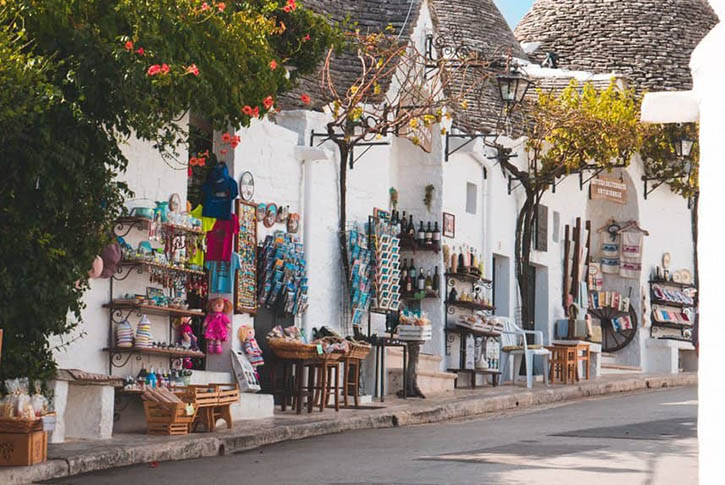
3. The Role of Local Designers in Foggia
Foggia’s fashion scene is also home to a number of emerging designers who are putting the city on the map in the world of Italian fashion. Many of these young creatives draw inspiration from the region’s agricultural heritage, incorporating natural textures and earthy tones into their designs. I had the chance to visit one designer’s studio, a bright and airy space filled with sketches, fabrics, and half-finished garments. The designer, a young woman from Foggia, explained how she combines traditional Italian techniques with innovative designs to create fashion that feels both timeless and fresh.
What struck me most about these local designers was their commitment to sustainability. Many of them use locally sourced materials, such as organic cotton and linen, and emphasize ethical production methods. It’s clear that fashion in Foggia isn’t just about looking good – it’s about supporting the community and preserving the environment.
In addition to clothing, several designers also create accessories that reflect the region’s rich cultural traditions. One designer, for example, specializes in hand-woven baskets made from local reeds, transforming this humble material into a stylish and eco-friendly accessory. Another designer focuses on creating jewelry using stones found only in the Puglia region, each piece representing a connection to the land.
4. Fashion and Art in Foggia: A Cultural Fusion
Foggia’s fashion scene is not just about clothing – it is also deeply intertwined with the city’s vibrant art and cultural life. The district itself is a reflection of the creative spirit that permeates the entire city. The street art here is remarkable, with murals and installations that offer a contemporary twist on traditional themes. As I walked through the district, I saw how fashion and art seamlessly blend together, creating a space that feels alive with energy and innovation.
One of the most memorable experiences during my trip was attending a local fashion event, where designers, artists, and models came together to showcase their latest work. The event was held in a gallery space that had been transformed into a runway, with live music and projections creating an immersive atmosphere. It was incredible to see how the creative community in Foggia comes together to celebrate fashion as an art form.
I also visited a local fashion museum, which offered a fascinating insight into the history of fashion in Foggia and the broader Puglia region. The museum featured a collection of garments from the 18th and 19th centuries, as well as contemporary pieces that highlight the evolution of Italian style. The juxtaposition of historical garments with modern designs underscored the city’s commitment to preserving its heritage while embracing the future of fashion.
5. Dining and Relaxing in the Fashion District
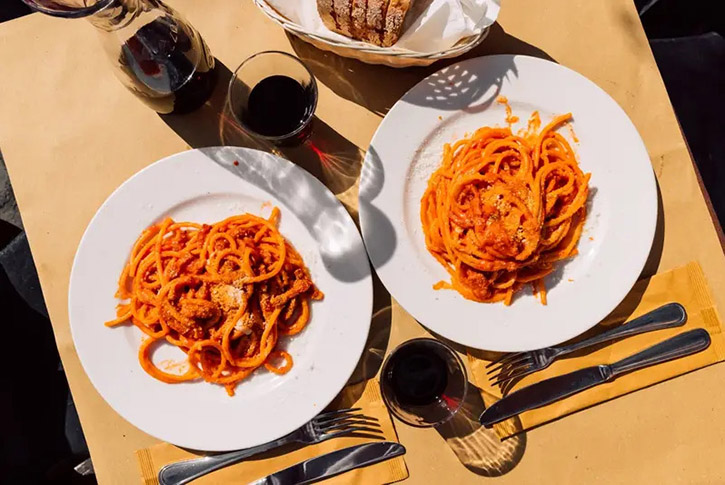
After a few hours of shopping and exploring the fashion boutiques, it was time to recharge. Foggia’s fashion district is also home to a number of delightful cafes and restaurants where you can take a break and enjoy some local cuisine. I stumbled upon a small trattoria, where the owner welcomed me with a warm smile and a plate of fresh pasta. The flavors were rich and comforting, just like the city itself.
As I sipped on a glass of local wine, I reflected on the day’s experiences. It struck me how Foggia’s fashion scene is so much more than just shopping – it is a celebration of the region’s culture, craftsmanship, and creativity. From the designers and artisans to the chefs and baristas, everyone I encountered seemed deeply connected to the community and its traditions.
6. The Future of Foggia’s Fashion Scene
Foggia may not be a household name in the world of fashion, but it is certainly a city to watch. The blend of old and new, tradition and innovation, makes it an exciting destination for those looking to experience Italian fashion in an intimate and unique setting. As more and more designers and creatives flock to Foggia, the fashion district will only continue to grow and evolve.
During my time in Foggia, I was reminded of the importance of supporting local artisans and designers. In a world where fast fashion often dominates, it is refreshing to encounter a community that values quality, sustainability, and authenticity. Foggia’s fashion scene may be small, but it is mighty, and I have no doubt that it will continue to leave its mark on the global fashion landscape in the years to come.
Exploring Foggia’s fashion district was an eye-opening experience, and I can’t wait to return to see how this dynamic city evolves. Whether you’re a fashion enthusiast or simply looking to discover a different side of Italy, Foggia offers an experience that is both authentic and inspiring.
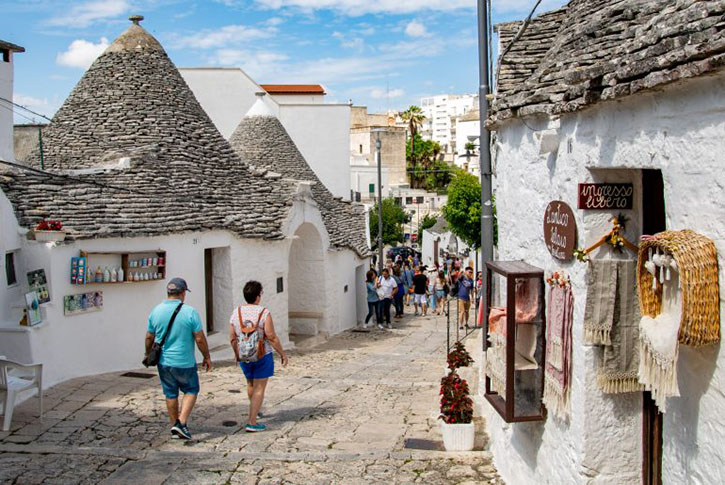


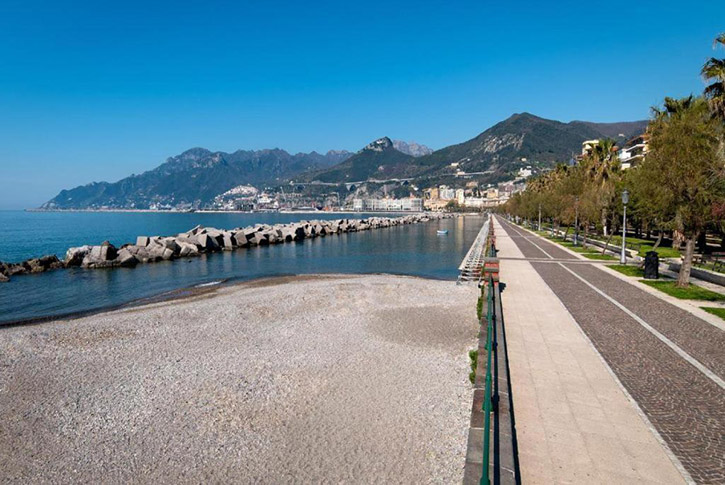

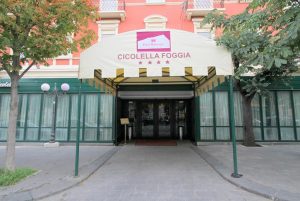
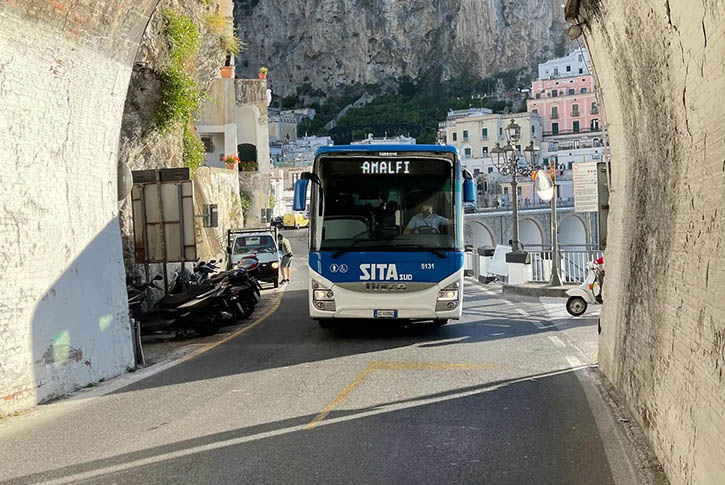
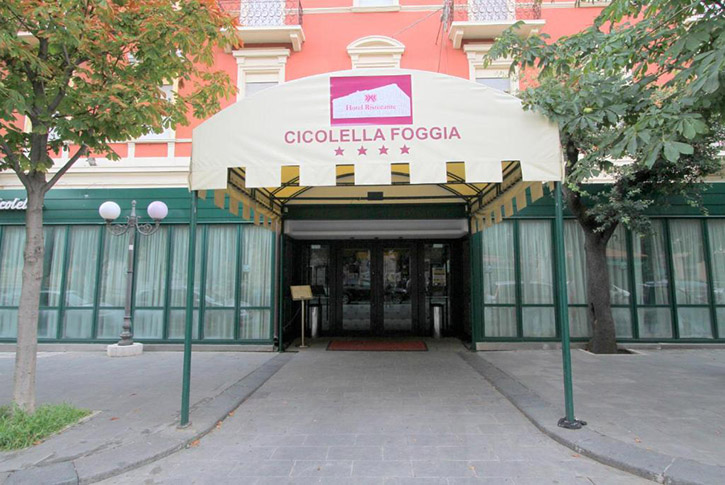
+ There are no comments
Add yours